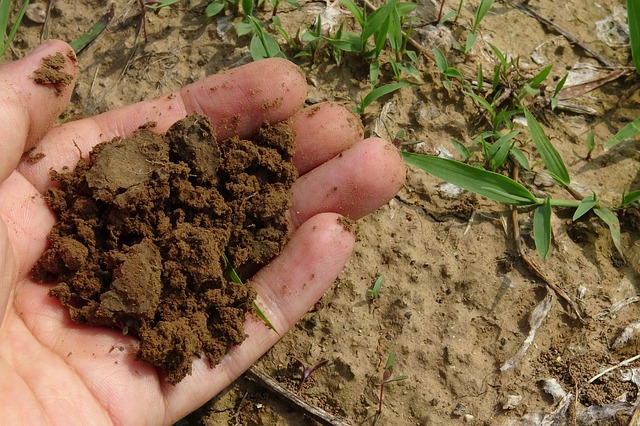Is your home garden lacking in nutrients, and you’re wondering about the next course of action? Is it becoming too expensive to purchase fertilizers regularly from your local farm store? Then it would help if you considered going organic. How? Think about setting up a worm farm in your home. A worm farm is a system where you utilize worms to generate fertilizer from your food waste.
This article will guide you to ensure that this worm farming project is successful. Read on for this insight and consider doing the following:
- Get The Right Worm Farm Size
One factor that determines your worm farm size is the amount of food waste in your home. If it’s moderate, acquire a small or medium-sized one and vice versa if you have a lot of waste. You can build a worm farm as a DIY or purchase a Maze Worm Farming container in your local farm store.
The amount of compost you desire to produce within a given time frame also determines the size of worm to get. If you have a large garden, you’ll require more compost, and therefore a large capacity worm farm is needed to purchase. The reverse is true if you have a small garden.
The other determinant is the space available in your home to accommodate the worm farm. You’ll need to acquire a small worm farm if space is limited. However, you can expand this capacity by having two or three stacks. With this, you’ll use up more vertical space than horizontal space.
- Set Up The Worm Farm Appropriately
There’s a specific way to set it up to ensure an efficiently working worm farm. An efficient worm farm is set up in layers. As previously stated, you need two or three stacks.
The top stack should have drain holes drilled at its bottom surface to allow any liquid to seep through. The base should be followed by a newspaper or cardboard slightly soggy. The newspaper will prevent the worms from falling into the second stack through the drain holes. The next layer is a worm bed, mainly comprised of damp materials that you’ve torn into pieces.
Your food waste is what follows next. As you place the waste, please refrain from filling it all up; fill up one half and leave the other empty. The empty side allows the composite earthworms to move freely, especially if they don’t like the matter you’ve poured in. Once they’ve finished decomposing the food, place the waste on the previously empty side and remove the old food waste, which by now is casting. Practice this alteration for efficiency.
The final top layer is the worm blanket. This cover aims at maintaining moist and dark conditions in your worm farm to provide a conducive environment for decomposition. As the final step, it would be best to cover the farm with a lid to prevent the entry of pests and insects, which will interrupt the ecosystem you’ve created.
When it comes to the bottom stack, you only need to connect a spigot or tap at its bottom on one end. You’ll use this opening to remove the liquid, leachate, dripping from the top stack. However, you shouldn’t throw this leachate away. Pour it in diluted form into your garden; be sure not to mix it with tap water; use rainwater.
- Choose The Right Worms
As the name suggests, worms are the key ingredient to your worm farm. Without them, your farm might be useless.
There are various worms available, but not all are suitable for your worm farm. The best worms to utilize are earthworms, but not all types, specifically composite earthworms. Worm farmers prefer composite earthworms because of the rate at which they’ll feed on food waste. This earthworm will feed on waste amounting to its body weight in a day. Therefore, if one is 1.5kg, it will feed on 1.5kg of your composite daily. With this, you assured the worms will do their work within a short period. Some worms like the garden earthworm can also do the job, but they won’t do it efficiently. It’s because they’ll only eat up to half their body weight. In this case, you’ll need more time to get your desired results, which might slow down your organic farming plans.
- Find A Suitable Location
Location is another key when positioning your worm farming. You don’t want it to be exposed to direct sunlight, neither should rainwater get in.
Consider placing the worm farm in a corner in your compound that doesn’t receive much sunlight throughout the year. If this is close to impossible to achieve, cover the farm with a thin shit of material, preferably one with a lighter color. With this, the surface of the sheet will reflect heat away from your worm farm rather than absorb it.
For rain, ensure your top cover doesn’t allow water entry into your worm farm. Consider building a shade over the farm to prevent direct contact with rainwater. You want it to be moist enough but not soaked at the end of the day.
Conclusion
As seen, setting up efficient worm farming in your home isn’t challenging. The process will be seamless with the right guidance, like the one given in this article. This article has highlighted the simple but essential tips to follow. Therefore, implement them in the letter for the overall success of your home worm farming project.








Recent Comments